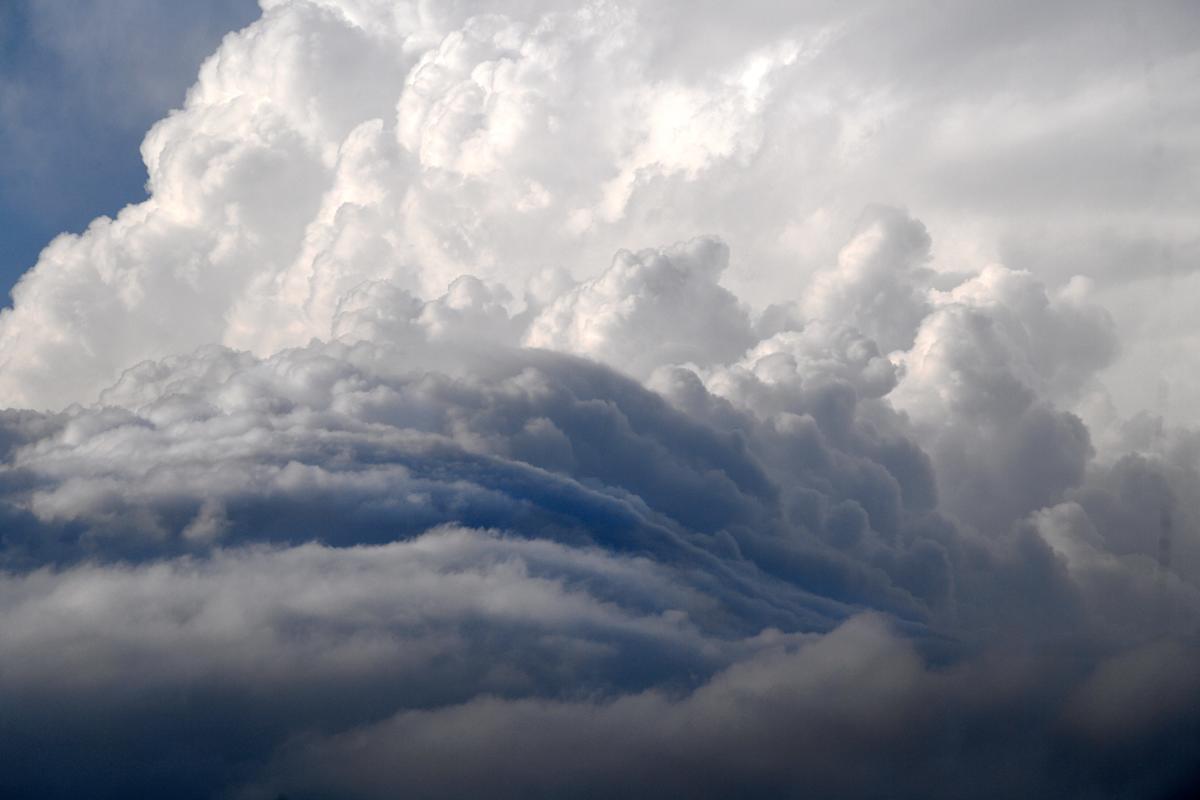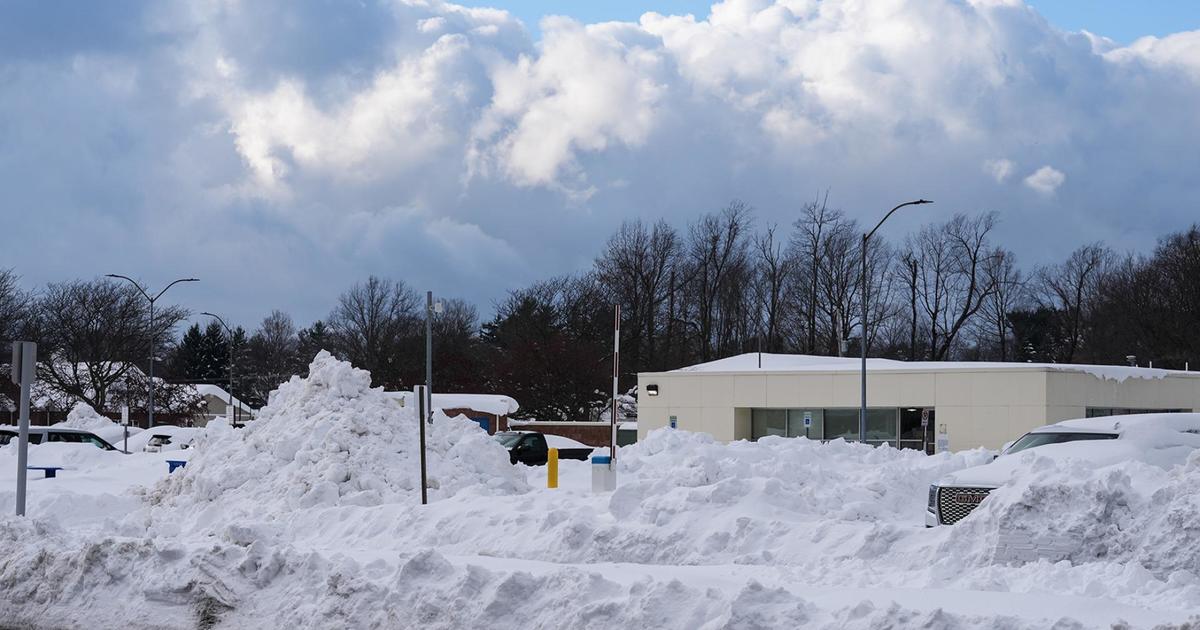As the weekend approaches, a significant weather event is set to impact a large swath of the United States. Forecasts predict dangerous weather conditions for at least eight states, with severe storms, flooding, and even tornado threats on the horizon. It’s crucial to stay informed and prepared for this intense weather system that promises to bring disruption and potential danger to many areas.
What We’re Facing This Weekend
From the plains of the Midwest to parts of the Southeast, a complex weather system is expected to produce widespread severe weather. Meteorologists are warning of multiple hazards, including strong thunderstorms, tornadoes, heavy rainfall, and flash flooding. These threats are not isolated but will span across multiple states, affecting millions of residents.
The storm system, which is already brewing, is set to intensify as it moves eastward. Heavy rain is expected to fall in some areas, which could lead to flash flooding. Additionally, severe thunderstorms could bring wind gusts of up to 70 mph, posing a threat to both people and property.
In some parts of the affected region, there is also the potential for tornadoes. While tornadoes are notoriously difficult to predict with precision, the atmosphere will be conducive to their formation, especially in areas where the storm’s energy is the strongest. Residents in these states need to be prepared for the possibility of sudden and violent weather changes.
States Affected
The states at greatest risk for dangerous weather this weekend include:
-
Texas: The Lone Star State will experience heavy rain, strong thunderstorms, and the potential for tornadoes, particularly in the northern and central parts of the state. Texas residents should be ready for possible power outages, downed trees, and localized flooding.
-
Oklahoma: Oklahoma is often in the bullseye for severe weather during spring, and this weekend will be no exception. Strong thunderstorms with large hail, damaging winds, and tornadoes could strike, especially in the central and southern parts of the state.
-
Kansas: Kansas is another state that regularly faces dangerous spring weather, and this weekend, the threat of severe thunderstorms is high. Expect damaging winds, large hail, and the possibility of tornadoes.
-
Missouri: Missouri will see a mix of heavy rainfall and severe storms, with the potential for flash flooding. Central Missouri is at high risk for tornado development, so residents should remain alert and have a plan in place.
-
Arkansas: Arkansas is set to receive significant rainfall, which could lead to flash flooding in low-lying areas. The northern and western parts of the state are most at risk for severe thunderstorms, which may bring wind damage and the possibility of tornadoes.
-
Tennessee: In Tennessee, the weekend weather could bring severe thunderstorms with winds gusting up to 60 mph. Flash flooding is also a concern in areas that receive heavy rain. Tornadoes are also possible, especially in the western and middle parts of the state.
-
Kentucky: Kentucky is bracing for strong thunderstorms, which will bring not only heavy rain but also the risk of damaging winds and hail. Tornadoes are also a possibility, particularly in the central and southern areas of the state.
-
Indiana: Indiana faces a combination of rain, thunderstorms, and the potential for tornadoes. Central and southern Indiana will be the most affected, with strong winds and heavy rain that could lead to flooding in urban areas.
What Makes This Weekend’s Weather So Dangerous?
The convergence of several atmospheric factors is what makes this weekend’s weather particularly dangerous. The system involves a potent low-pressure system that will bring a moist and unstable air mass into the region. This type of setup is conducive to severe weather because it allows for rapid storm development.
When thunderstorms become severe, they can generate damaging winds, large hail, and even tornadoes. Additionally, the heavy rainfall could quickly overwhelm drainage systems, causing flash flooding in areas that are already saturated from previous storms.
The potential for tornadoes makes this system especially dangerous. Although tornadoes are difficult to predict, meteorologists have identified conditions that increase their likelihood, such as high wind shear (changes in wind speed and direction at different altitudes) and a strong low-pressure system. Residents in these affected areas should remain vigilant and prepared to take shelter quickly.
How to Stay Safe
Given the severe weather expected this weekend, it’s important to take proactive steps to protect yourself, your family, and your property. Here are some key safety tips:
-
Monitor the Weather: Stay tuned to local news, weather apps, and NOAA Weather Radio for the latest updates. Pay attention to warnings, especially tornado and flash flood warnings.
-
Create an Emergency Plan: Know where your nearest shelter is, whether it’s a basement, storm cellar, or a small, windowless interior room on the lowest level of your home. Have a kit prepared with essentials like flashlights, batteries, a first aid kit, non-perishable food, and water.
-
Prepare for Power Outages: With the possibility of damaging winds, it’s a good idea to prepare for power outages. Keep extra blankets, charged power banks, and a manual can opener on hand.
-
Stay Away from Flooded Areas: If you’re driving, never attempt to drive through flooded roads. Six inches of water can cause you to lose control of your vehicle, and even just a foot of water can sweep it away.
-
Seek Shelter Immediately: If a tornado warning is issued, seek shelter immediately in a basement or a small, windowless interior room. Avoid using your phone, except to get emergency alerts, to ensure that you can hear any updates.
-
Stay Calm: Severe weather can be terrifying, but staying calm is essential. Follow the instructions from local authorities and emergency services and avoid panicking.
Conclusion
This weekend’s weather is shaping up to be potentially dangerous for millions across eight U.S. states. Severe storms, heavy rain, tornadoes, and flash flooding are all on the table, and residents in these areas should be on high alert. By staying informed and taking the necessary precautions, you can ensure your safety during this intense weather event. Remember that when severe weather strikes, preparedness is your best defense.




